During our three months of stay in Bulgaria, we’ve seen all kinds of transportation means here.
The electric scooters are very popular in summer, not only in Sofia but also throughout European cities. It’s nice that some biking lanes are clearly marked. The shared rides can be also for electric cars and electric motorcycles. We didn’t use them, though, as the payment was often associated with a local account and we didn’t want the trouble to set things up. We only rented a car in the normal way. The difference between renting a car here and in the U.S. is that they would charge deposits to hold it during the rental period and they would read out all those terms and conditions that sounded quite serious. One should also check if the mileage was capped or unlimited. The gas price here seemed more expensive than in the U.S.
The bus riding is mostly on an honor system, since the bus ticket can be in so many forms: If we use a daily pass, we should not punch it, and we can just get on the bus and sit down. If we use the 10-coupon ticket pack, we need to punch the ticket one at a time in sequence using the yellow punchers inside the bus. If we don’t have any ticket, we can buy it from the driver, or to use the credit card reader on the bus. Therefore, when someone gets on the bus, you can’t really tell if they have a ticket or not. But it seems that people are all doing what they are supposed to do and things look quite orderly.
The metro system works in a similar way as the bus system, except the added turnpike gates, that would have blocked the ones who didn’t have a ticket. During the past three months, I have seen the staff checking the boarders’ tickets only once by scanning everyone’s ticket or pass inside the train. In the cart I was in, they actually found out a couple whose tickets seemed to have an issue, as one person’s ticket scanned well but not the other, and they got off the train to talk things through, so I didn’t know what happened after that.
There are also electric buses in town. A colleague at TU-Sofia owns a measurement company to issue safety certificates to such things, and they would test the buses while the buses are running following a typical power profile. The electric buses using super capacitors are about twice as expensive as the gas powered buses, but they are free from consumables and take much less maintenance, so it is still a good buy. The charging takes only 6 minutes (the standard is not to exceed 8 minutes), so the buses can be easily charged while they are at the resting stop/charging station. In winter, the regular buses sometimes can not start due to the low temperatures, but the electric buses can work just fine. They actually prefer lower temperatures, otherwise, the super capacitor needs a cooling system to keep it at a relatively low temperature, such as in summer.
Meanwhile, we also saw horse-strung carts, not only those decorated ones for tourists, but also the ones that were actually used for transporting goods. There are also some vintage cars occasionally occurring at a street corner, which are fun to look at.
As to the train system, many people recommended us to use buses over trains for the long-distance travel, as the trains were most likely old ones, and we could see why. The dozens of buses we took were mostly new and clean, except perhaps one bus whose interior was old.


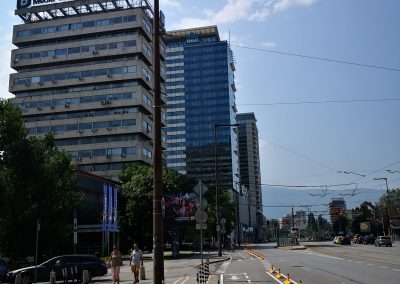


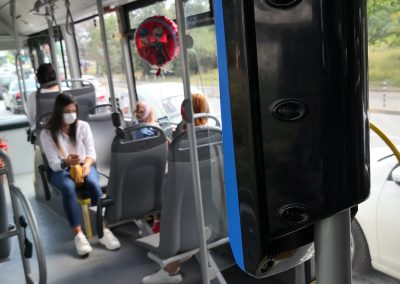
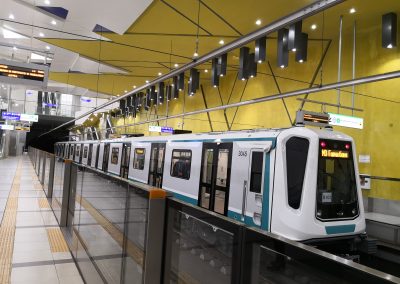
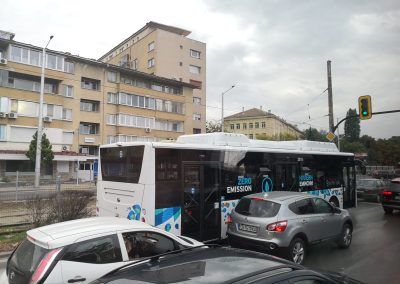
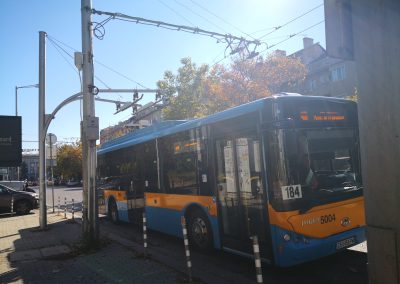
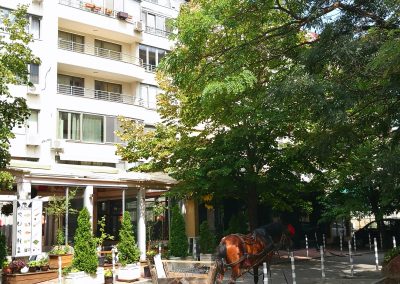

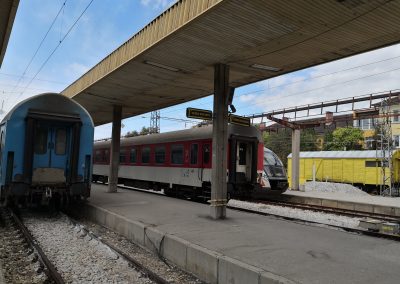
Recent Comments